
Your Guide to The Beauty and Functionality of Hedging Plants
Published: 13/02/2024 | Updated: 21/02/2024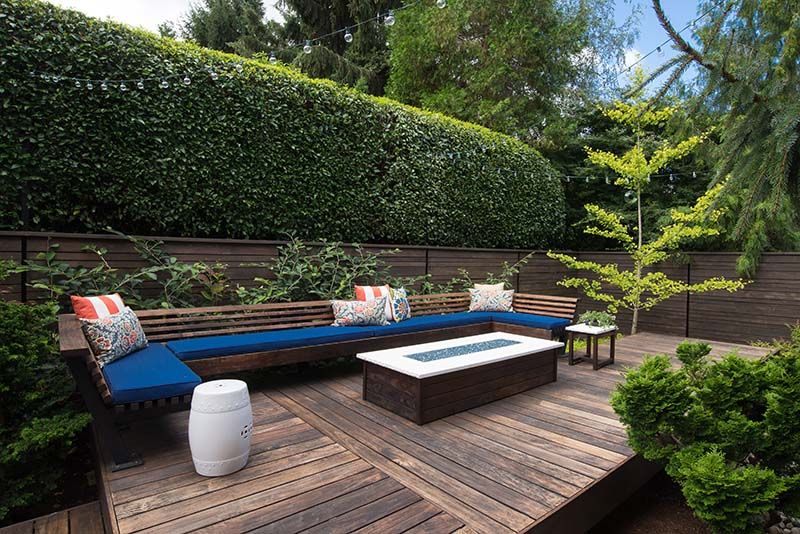
If you're aiming to transform your outdoor space into a sanctuary of natural beauty and functionality, hedging plants should undoubtedly be at the forefront of your landscaping plans. These versatile plants not only add aesthetic appeal to your garden but also serve practical purposes such as creating privacy, defining boundaries, and mitigating wind.


In this article, we'll explore the various types of hedging plants, from towering glossy evergreen foliage to deciduous shrubs boasting rich purple leaves. We'll guide you through the process of selecting the right plants for your specific climate, soil conditions, and desired hedge functions. Additionally, we'll share insights into designing with hedging plants, offering tips for creating both structured formal hedges and naturalistic, free-flowing arrangements.
This article is part of our weekly blog series, available for exploration at Shrubhub's blog page. Dive into a wealth of landscaping expertise, budget-friendly ideas, and design inspiration curated by our team of gardening enthusiasts and experts.
Let's embark on this green adventure together – it's time to unlock the full potential of hedging plants in your garden!
Types of Hedging Plants
When it comes to hedging plants, the options are as diverse as they are captivating. From the stately presence of evergreen hedges to the vibrant hues of deciduous shrubs, there's a perfect plant for every landscape need and preference.
Evergreen Hedging Plants
For those seeking year-round beauty and privacy, evergreen hedging plants are an excellent choice. With their lush, glossy foliage, these stalwart guardians provide a verdant backdrop even in the depths of winter. One standout example is the Cherry Laurel, known for its dense growth and resilience to various soil types and climates. Whether you're aiming to create a formal hedge along property lines or simply add structure to your garden, Cherry Laurel and similar evergreens like Boxwood offer unparalleled versatility and longevity.
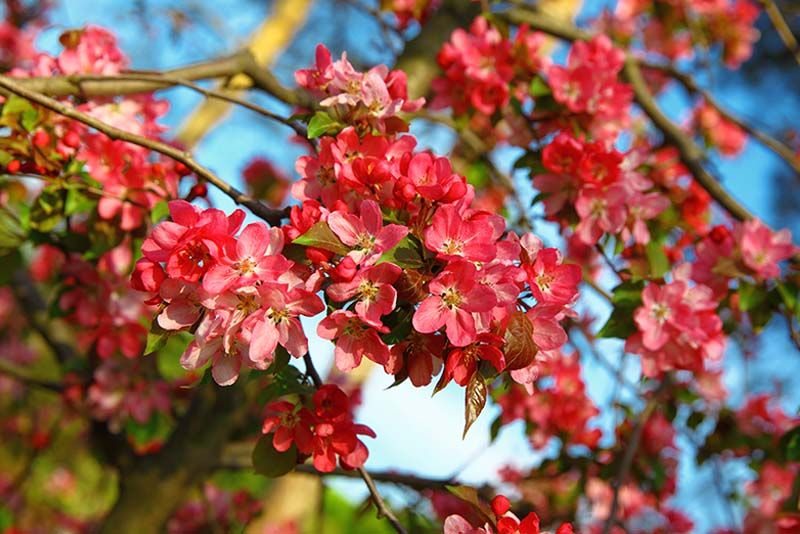
Deciduous Hedging Plants
If you crave a splash of seasonal drama in your landscape, look no further than deciduous hedging plants. These dynamic shrubs burst into life with rich purple foliage in spring, transitioning to vibrant greens in summer before culminating in fiery displays of color come autumn. The Purple Leaf Plum is a prime example, offering not only stunning aesthetics but also attracting pollinators with its delicate white flowers. Pairing deciduous shrubs like Flowering Quince with evergreens can create striking contrasts and visual interest in your hedge design.
Selecting the Right Hedging Plants
When choosing hedging plants for your garden, it's essential to consider factors such as climate, soil conditions, and desired hedge functions. Evergreen hedging plants like Cherry Laurel thrive in full sun but can tolerate partial shade, making them suitable for a range of environments. Deciduous shrubs such as Purple Leaf Plum prefer well-drained soil and benefit from regular watering to keep their foliage lush and vibrant. By matching plant characteristics with your specific landscape needs, you can ensure a harmonious and thriving hedge that enhances your outdoor space year-round.
Designing with Hedging Plants
The design possibilities with hedging plants are virtually limitless, allowing you to tailor your landscape to reflect your style and preferences. Formal hedges crafted from densely planted Boxwood or Privet can lend a sense of elegance and structure to your garden, perfect for delineating pathways or framing focal points. On the other hand, informal hedging arrangements featuring flowering shrubs and ornamental grasses offer a more relaxed and naturalistic vibe, ideal for creating inviting garden borders or screening unsightly views.
Planting and Maintenance
Now that you've selected the perfect hedging plants for your landscape, it's time to roll up your sleeves and get your hands dirty. Proper planting and maintenance are crucial for ensuring the health and longevity of your hedges, allowing them to thrive and fulfill their aesthetic and functional roles in your garden.
Preparing the Site and Soil
Before diving into planting, it's essential to prepare the site and soil to provide an optimal growing environment for your hedging plants. Start by clearing the area of any debris and weeds, ensuring a clean slate for your new greenery. If the soil is compacted or lacking in nutrients, consider loosening it with a fork and incorporating organic matter such as compost or well-rotted manure. This will improve soil structure and fertility, providing a solid foundation for healthy hedge growth.
Planting Schemes for Different Hedge Types
When it comes to planting hedging plants, spacing is key to achieving the desired density and coverage for your hedge. For tall hedges intended for privacy or windbreaks, space plants closer together to create a dense barrier. Evergreen hedging plants like Cherry Laurel typically require spacing of 2-3 feet apart, while deciduous shrubs like Flowering Quince may need slightly wider spacing to accommodate their eventual size.
For medium-sized hedges used for boundary definition or screening, aim for a balance between density and airflow by spacing plants slightly farther apart. This allows for adequate light penetration and airflow, reducing the risk of disease and promoting healthy growth. Consider incorporating a mix of evergreen and deciduous shrubs to add visual interest and seasonal variation to your hedge design.
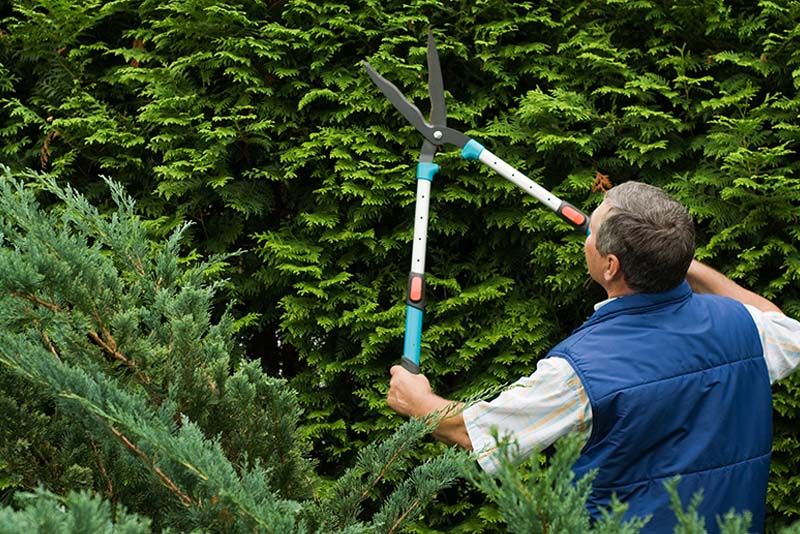
Watering, Pruning, and Pest Control Tips
Once your hedging plants are in the ground, proper maintenance is essential for their continued health and vitality. Water newly planted hedges regularly, keeping the soil moist but not waterlogged, especially during hot, dry weather. As your hedges mature, monitor soil moisture levels and adjust the watering frequency as needed to ensure consistent growth and foliage health.
Regular pruning is also crucial for shaping and maintaining the desired size and form of your hedges. Trim evergreen hedges like Boxwood and Privet in late spring or early summer after their initial growth spurt, and prune deciduous shrubs like Purple Leaf Plum in late winter or early spring before new growth emerges. Remove any dead or diseased branches promptly to prevent the spread of pests and diseases throughout the hedge.
Speaking of pests, keep an eye out for common hedge pests such as aphids, scale insects, and spider mites, especially during the growing season. Regularly inspect your hedges for signs of pest infestations, and take appropriate measures such as pruning affected branches, applying organic insecticidal soap, or introducing beneficial predators to keep pest populations in check.
By following these planting and maintenance tips, you can ensure that your hedging plants thrive and flourish, providing years of beauty and functionality in your landscape.
Popular Varieties and Their Uses
Now that you're armed with the knowledge of planting and maintaining hedging plants, let's explore some popular varieties and their specific roles in garden design. Whether you're aiming to create a towering screen for privacy or a low border to define garden beds, there's a hedging plant perfectly suited to your needs and preferences.
Tall Hedges for Privacy and Windbreaks
When privacy is paramount, tall hedges provide an effective solution, creating a natural barrier that shields your outdoor space from prying eyes and gusty winds. Evergreen hedging plants like Cherry Laurel plants excel in this role, with their dense growth and glossy foliage offering year-round coverage and visual appeal. Plant them closer together to form a solid wall of greenery, ensuring maximum privacy and wind protection for your garden oasis.
Medium-Sized Hedges for Boundary Definition and Screening
For those seeking a balance between height and visibility, medium-sized hedges are the perfect choice for defining property boundaries and screening unsightly views. Plants like Flowering Quince and Purple Leaf Plum strike an ideal balance between density and openness, allowing light to filter through while still providing a sense of enclosure. Use them to create naturalistic borders along walkways or to partition different areas of your garden, adding texture and color to your outdoor space.
Low Hedges for Edging and Accenting Garden Spaces
When it comes to edging garden beds or accenting outdoor spaces, low hedges offer a subtle yet impactful solution, framing planting areas and adding definition to your landscape. Evergreen options like Boxwood and Privet are popular choices for their neat, compact growth habits and ease of maintenance. Pair them with flowering perennials or ground covers for a pop of color and contrast, creating eye-catching vignettes that draw the eye and enhance the overall aesthetic of your garden.
By carefully selecting hedging plants that suit your specific needs and preferences, you can create a cohesive and harmonious landscape that reflects your style and vision. Whether you opt for towering evergreens for ultimate privacy or low-growing shrubs for subtle delineation, the possibilities are endless when it comes to incorporating hedging plants into your outdoor space.
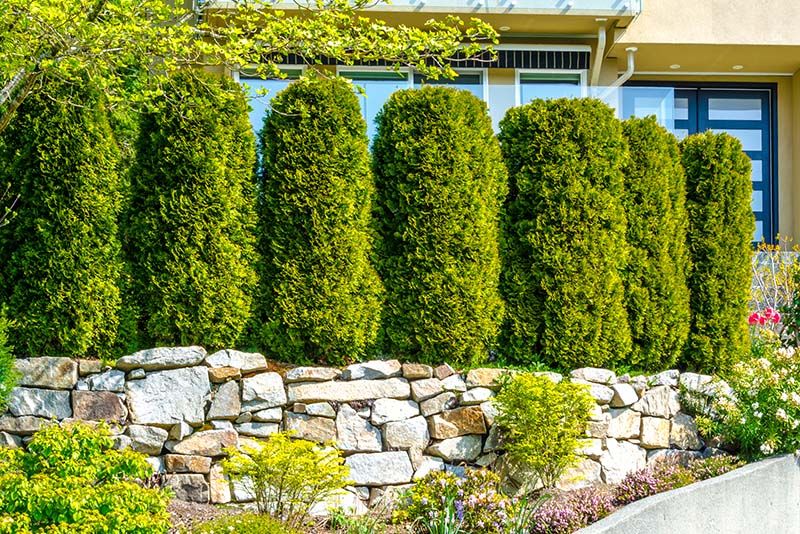
Enhancing Aesthetics with Hedging Plants
As you embark on the journey of landscaping with hedging plants, it's essential to consider not only their functional aspects but also their aesthetic potential. With a thoughtful approach to design, you can elevate the beauty of your outdoor space and create visually stunning landscapes that delight the senses and inspire the imagination.
Incorporating Flowers and Foliage Colors
One of the most effective ways to enhance the visual appeal of hedging plants is by incorporating a diverse range of flower and foliage colors into your landscape design. While evergreen hedging plants like Cherry Laurel and Boxwood provide a reliable backdrop of lush greenery, you can add bursts of color and texture with flowering shrubs and ornamental grasses. Consider planting varieties like Flowering Quince with its delicate white flowers or Purple Leaf Plum with its striking purple foliage to create focal points and visual interest within your hedge design.
Utilizing Textures and Forms for Visual Interest
In addition to color, texture, and form play a crucial role in creating visually dynamic hedge arrangements that captivate the eye and evoke a sense of depth and dimension. Mix and match different plant varieties with varying leaf shapes and sizes to create contrast and intrigue. Pair the fine-textured foliage of Boxwood with the bold, glossy leaves of Cherry Laurel for a harmonious yet visually compelling composition. Intersperse evergreen and deciduous shrubs to introduce a dynamic rhythm and seasonal variation to your hedge design, ensuring year-round interest and beauty in your landscape.
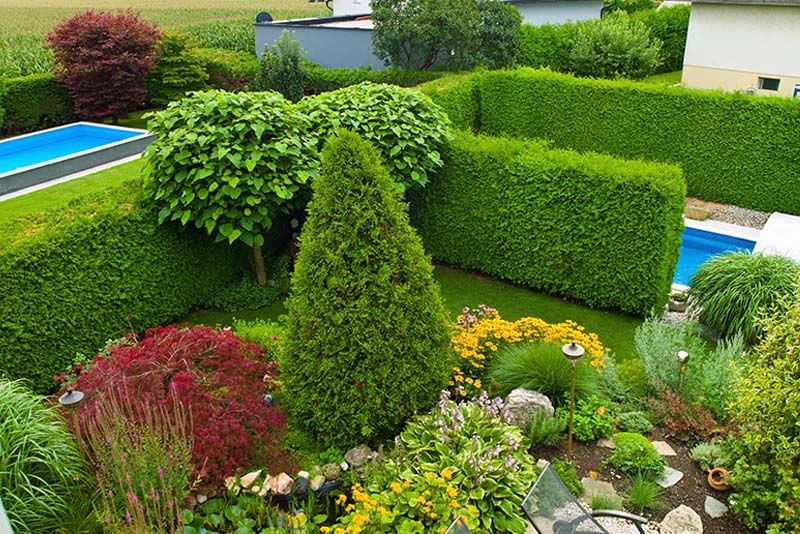
Combining Hedging Plants with Companion Plantings
To further enhance the beauty and functionality of your hedging plants, consider incorporating companion plantings that complement and enhance their attributes. Ground covers like creeping thyme or vinca minor can soften the edges of your hedges and provide a seamless transition between different garden areas. Perennial flowers like lavender or salvia can attract pollinators and add pops of color throughout the seasons, creating a vibrant tapestry of blooms against the backdrop of your hedges. By carefully selecting companion plantings that thrive in similar growing conditions, you can create a cohesive and visually stunning landscape that delights the senses and nourishes the soul.
In conclusion, the artistry of hedging plant selection and design offers endless opportunities for creativity and expression in your garden. By incorporating flowers and foliage colors, utilizing textures and forms, and combining hedging plants with companion plantings, you can create landscapes that are not only beautiful but also functional and sustainable. Join us in embracing the beauty and versatility of hedging plants, and let your imagination take root in the garden of possibilities.
Conclusion
In the lush world of gardening, hedge plants stand as pillars of both beauty and practicality, offering a myriad of benefits for landscape enthusiasts. From providing privacy and structure to enhancing biodiversity and creating visual interest, these green guardians play a vital role in shaping the character and functionality of outdoor spaces.
If you find yourself in need of professional assistance, guidance, or services related to garden projects, including the creation and maintenance, Shrubhub.com is here to help. Our team of experts and enthusiasts is dedicated to providing valuable tips and support for your gardening endeavors.
Visit Shrubhub.com to explore a wide range of services, from designing your yard to caring for your garden space. Whether you have a large yard or limited space, our team has the experience, knowledge, and tools to make your garden projects a resounding success.


